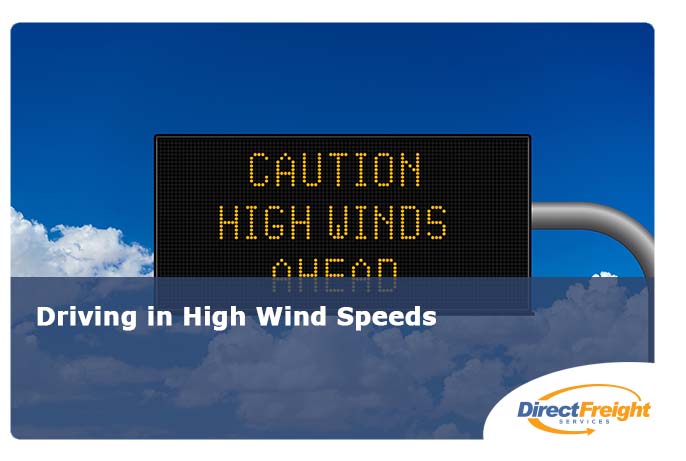It’s a windy road out there! As a driver, you’ve likely experienced crazy wind situations and if you haven’t, you certainly will. Wind and other weather conditions are some of the most dangerous hazards a driver can face on their routes, regardless of the location. Wind advisories can happen anywhere, so it’s important to have a game plan for whenever the wind decides to blow in your direction.
The Windy Road
You’ve likely heard a rundown of the most dangerous highways in the United States for drivers including Minnesota Highway 2, Colorado Highway 550, Connecticut I-95, and Interstate 10 in Arizona. Each of these highways is dangerous in part due to wind and often winter wind is what causes the most difficulties. Typically, the windiest spots on the road are those with large mountains or valleys nearby as there are extreme temperature differences in a small area which causes a swift movement of air.
Wind may also be caused by weather emergencies such as tornadoes in the Midwest, hurricanes in the Southeast, and blizzard conditions in Northern and especially high altitude parts of the United States. When driving through any of these regions or the highways mentioned, make sure to monitor weather conditions especially closely.
Gusts and Gales
Wind is unpredictable, especially in locations with sporadic weather conditions. While you will see notifications of wind advisories on your weather app or hear it on the radio, it can be hard to determine whether the winds are too strong for your load, making it difficult to decide whether or not to proceed or stop to wait for the winds to slow down. One important thing to remember while driving is that it never hurts to stop safely and review your plan and options for going forward.
Stay Safe
When the wind blows at over 35-40 miles per hour, you should begin planning for if the wind speed increases as gusts between 40-60 mph can be enough to topple your truck. Remember to stay alert and listen for radio announcements of strong winds if you begin to feel gusts hit your truck. If you are hauling a lighter load, you should be extra vigilant about wind gusts as lighter loads are more likely to be blown over in high-wind conditions.
If you decide the winds are too swift to continue, the best thing you can do is park your truck facing the wind so there is less surface area directly in the wind. This will help keep your truck on its wheels. After that, the best thing you can do is monitor the situation and wait for the winds to calm down. As you are waiting, try to listen to a podcast, watch a movie, or plan out the next steps of your route.
Final Thoughts
Driving in high wind conditions can be scary, especially if you have a lighter load. Having a plan for high winds is important, and so is having a plan for any other adverse weather conditions or road hazards you may face. When you’re in doubt about what you should do, there is no harm in pulling over and taking a moment to rationally consider your next steps. As always, your life and license are not worth the risk of driving in highly dangerous conditions.
